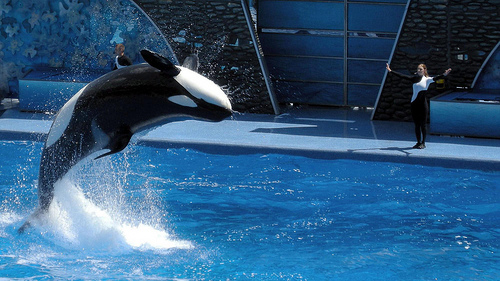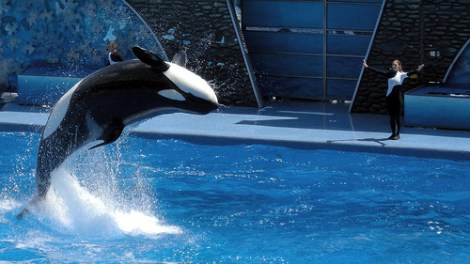It’s hard to imagine a teensy mosquito taking down an animal as mighty as the killer whale. Yet that’s exactly what some folks suspect happened at two SeaWorld locations.
Representatives from the Whale and Dolphin Conservation Society (WDCS) say that orcas that died at SeaWorld parks in Orlando and San Antonio succumbed to encephalitis, a virus transmitted by mosquitoes. WDCS argues that these deaths could have been avoided if whales weren’t kept in captivity.
You see, orcas in the wild love to swim and roam far from coastlines, making them virtually inaccessible to weak-flying mosquitoes. But when killer whales are housed in relatively small, shallow pools — like the enclosures at SeaWorld — they become one massive, black-and-white target for blood-thirsty insects.
Courtney Vail, campaigns manager for WDCS, says that killer whales in captivity are prone to spending too much time floating, or “logging”, due to the limitations of their enclosures. These unnatural restrictions, and the resulting coping behavior, make orcas in captivity more susceptible to insect bites and the threat of disease.
For now, only the two killer whales are believed to have died of mosquito-related diseases, but experts warn that the killing spree could continue: Dozens of orcas live in captivity throughout the world.
Encephalitis: Just one more reason to Free Willy.





